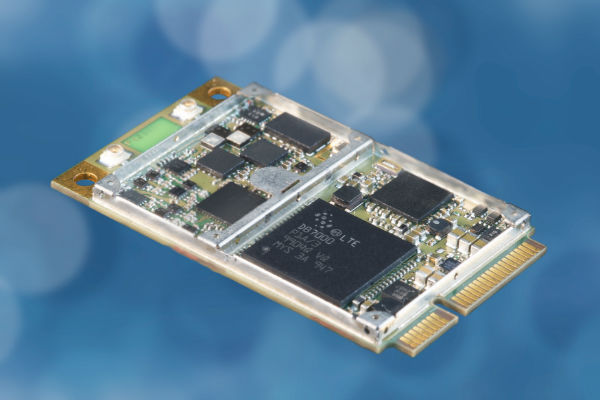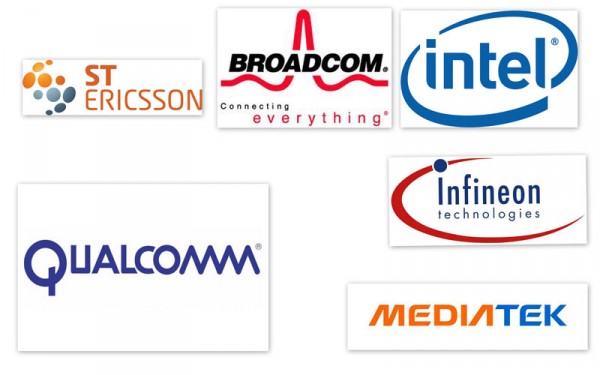I travel a lot for my job, If ever asked, I tell people I work for ST-Ericsson, the first response I would get from them would be “Ahh.. Sony Ericsson I have this phone, its nice but what should I buy for my son?”. I listen on and give my opinions based on the facts I know about the Industry.
The general population knows little or nothing about mobile platform vendors who manufacture GSM, CDMA, 3G and LTE chipsets for mobile phones. When we talk mobiles the first buzz words we hear are IPhone, Nokia, Samsung or Android. Even the leading websites on technology do not discuss much about the evolution of this product family. Qualcomm is a mobile platform vendor, a leader in the mobile chipset industry having total assets of about 30 Billion USD and a consistent sales leader for fabless companies since 2003. Other players in the mobile chipset market are ST-Ericsson, Infineon Technologies, Texas Instruments, Renesas and MEdiaTEk who all compete with each other for rights to sell to mobile phone manufacturers.
Mobile platform vendors or mobile chipset manufacturers play a critical role in the telecommunications eco system. A major portion of the current UMTS air interface is based on Qualcomm patents, and royalties from these patents form a big part of Qualcomm’s revenue. Many of the developments in the mobile sector have been driven by mobile chipset manufacturers like these.
As 3GPP evolves and new features are developed in each 3GPP release, mobile platform vendor work closely with network vendors like Ericsson and Alcatel Lucent to implement new functionality and test features with one another, contributing to the evolution of mobile communications. This is a critical partnership, to test or make use of any new functionality on the radio interface one must have a UE/mobile phone to support it and without devices supporting that functionality the development of new features in the network becomes meaningless.
In any mobile phone there are essentially two components the application processor and the mobile (wireless) chipset. Mobile phone companies churn out a number of models by combining different types of application processors with mobile chipset. The fastest mobile phones do not necessarily use the most advanced mobile chipset. Take the example of the latest IPhone, with a dual core application processor it offers a remarkable user interface and power to support a number of graphic intensive applications. The mobile chipset however in terms of technology is an inexpensive legacy product only supporting 14Mbps eclipsed by the much more advanced 3GPP release 7 capable Samsung Galaxy SII which supports upto 21Mbps. This has its benefits allowing Apple to keep its prices low and still impress an average consumer who is unaware of limitation of the hardware.

One justification given for not using the most technologically advanced mobile chipsets is that networks don’t support higher bitrates anyways. As explained earlier this is a dynamic that changes rapidly; both mobile chipset manufacturers and network vendors are constantly working together to develop an ecosystem which complies with the latest 3GPP releases. This is not only profitable but also allows mobile networks to offer greater capacities, wider coverage areas and of course higher bitrates.
So the next time you are out there exploring the latest trends in the mobile phone market do remember without the mobile chipset manufacturers the mobile phone is neither mobile nor a phone.



Permalink
Good one.. fun to read…